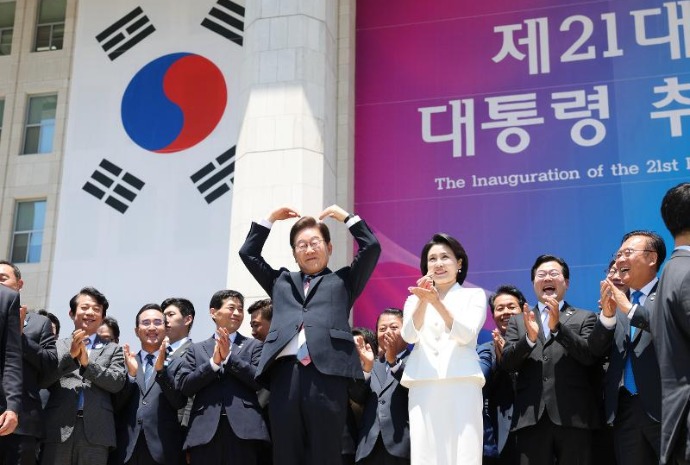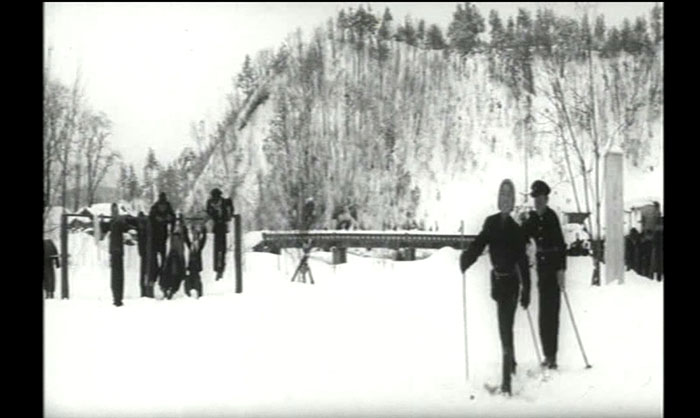
A scene from the movie 'The Winter of Daegwallyeong' (대관령의 겨울) (1959) shows students going to school on wooden skis.
By Lee Kyong Mi and Kim Young Shin
Photos = Captured from National Archives of Korea’s videos
Students slide through the path covered in thick snow to go to school. Even though the whole region is covered white in snow, the residents still enjoy the goodness of winter thanks to the food they saved for colder days.
These are some scenes from the movie “The Winter of Daegwallyeong” (대관령의 겨울) (1959), one of the videos of Korea in 1950s unveiled by the National Archives of Korea on Dec. 7. The movie depicts the snowscapes and life in Gangwon-do Province in 1959. It's one of the movies made by the government for education. The National Archives of Korea released 66 such records this time.
The videos show various aspects of life in Korea in the 1950s, such as refugees heading south during the Korean War, restored cities after the war, the promotion of grains other than rice and modern kitchens. Seven of the videos can be enjoyed dubbed into English.
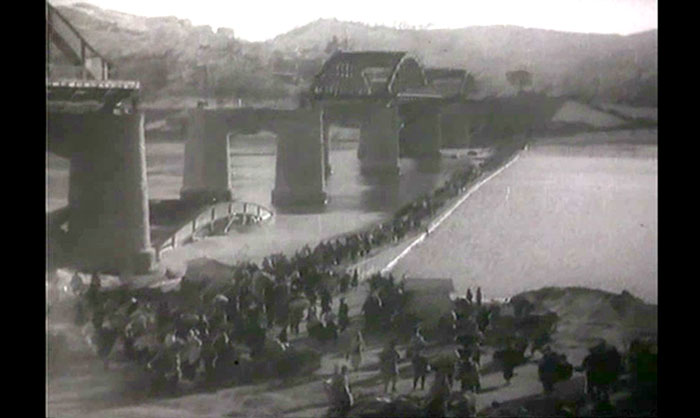
The movie 'Remember June 25' (상기하자 6.25) (1957) shows refugees crossing the frozen surface of the Hangang River to flee southward during the Korean War.
There are also videos of the funeral of the last Joseon monarch, Emperor Sunjong (순종황제, 純宗皇帝) (1874-1926), and a performance by dancer Kim Baek-bong, creator of the buchaechum fan dance.
The National Archives of Korea announced that it will unveil videos from the past in chronological order until 2021. Videos from the 1960s will be released in 2018.
The videos of Korea in the 1950s are available at the link below, only in Korean.
http://theme.archives.go.kr/next/movie/viewMain.do
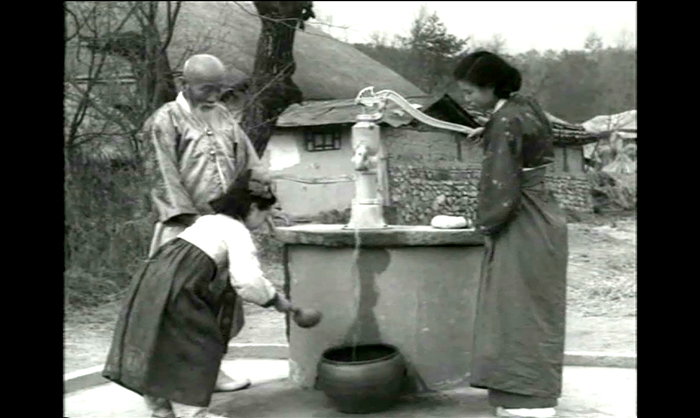
A scene from the movie 'Drilling new Hygienic Wells' (새로운 위생우물 파기) (1959) shows the increased interest in sanitation after the Korean War.
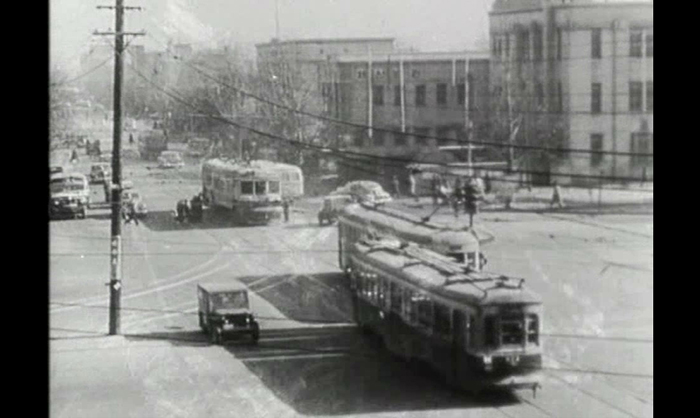
The movie 'A Decade of Rapid Progress: Agriculture, Livestock, Fisheries and Transportation' (약진 10년 : 농•축•수산업과 교통) (1958) shows modern transportation methods, such as trams and cars, moving along roads that were rebuilt after the Korean War.
km137426@korea.kr
